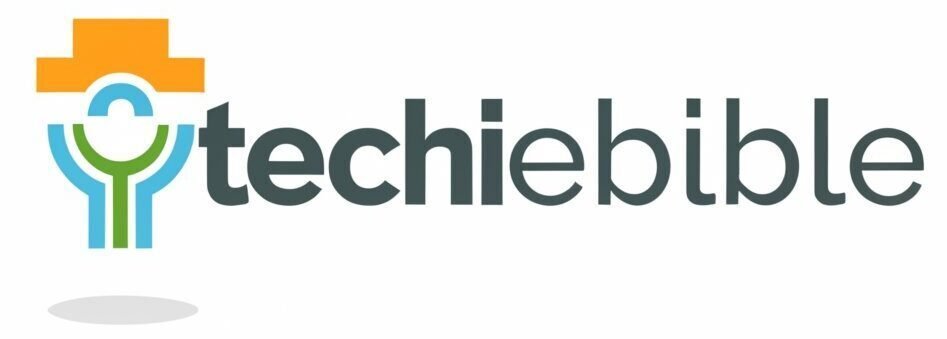As technology continues to advance at an unprecedented rate, the landscape of IoT software development is constantly evolving. You may be wondering how these changes are impacting the way software for the Internet of Things is developed. From the adoption of new programming languages and frameworks to the integration of artificial intelligence and machine learning, the evolution of IoT software development is reshaping the way we interact with smart devices and the digital world around us. In this blog post, we will explore some of the key trends and shifts in IoT software development, and how they are shaping the future of this rapidly growing industry. By the end of this post, you will have a better understanding of how IoT software development is evolving and what it means for the future of technology.
The Transition to Edge Computing
Before diving into the specifics of IoT software development, it’s crucial to understand the shift that is taking place from traditional cloud computing to edge computing. As IoT devices continue to become more prevalent and sophisticated, the demand for real-time data processing and analytics has increased. This has led to the evolution of edge computing, which brings computation and data storage closer to the source of the data.
From Cloud to Edge: The Shift
With cloud computing, data is sent to a centralized server or data center for processing and analysis. However, this approach can lead to latency issues and bandwidth constraints, especially when dealing with large amounts of IoT-generated data. Edge computing, on the other hand, involves processing and analyzing data at or near the source of data generation, reducing the need to send data back and forth to a centralized location. This shift allows for quicker decision-making, real-time analytics, and reduced data transmission costs.
Implications for Software Architecture and Data Processing
The transition to edge computing has significant implications for IoT software architecture and data processing. With data being processed closer to the source, there is a need for more lightweight and efficient software solutions that can run on resource-constrained IoT devices. Additionally, there is a greater emphasis on decentralized data processing and analytics, leading to new approaches for handling and managing data at the edge. This shift requires a rethinking of traditional software development practices to accommodate the unique challenges and requirements of edge computing.
In conclusion, the transition to edge computing is a significant development in the evolution of IoT software development. Understanding this shift and its implications is crucial for developers and organizations looking to harness the full potential of IoT technology. As you navigate this transition, it’s essential to stay informed about the latest trends and best practices in edge computing to ensure that your IoT software solutions are efficient, scalable, and capable of meeting the demands of a rapidly evolving landscape.
Role of Artificial Intelligence and Machine Learning
Assuming you are staying updated with the latest technology trends, you must be aware of the significant impact of artificial intelligence (AI) and machine learning (ML) on IoT software development. The integration of AI and ML has revolutionized the way IoT systems are designed, developed, and operated. With their ability to analyze large volumes of data, identify patterns, and make decisions in real-time, AI and ML have become integral components of IoT software development.
AI-Driven Development in IoT
AI-driven development in IoT involves the use of machine learning algorithms to automate various processes, enhance decision-making capabilities, and improve overall system performance. By leveraging AI, you can create IoT solutions that can learn from data, adapt to changing conditions, and optimize their own operations. This not only enables you to build smarter and more efficient IoT systems but also reduces the need for manual intervention, ultimately leading to cost savings and improved user experience.
Predictive Analytics and Adaptive Algorithms
Predictive analytics and adaptive algorithms powered by AI and ML play a crucial role in IoT software development. These technologies enable IoT devices to anticipate events, identify potential issues, and take proactive measures to prevent downtime or malfunctions. By incorporating predictive analytics and adaptive algorithms into your IoT applications, you can ensure higher levels of reliability, performance, and efficiency, ultimately delivering a more seamless and reliable experience for your users.
Security Challenges and Advances
Keep in mind that the proliferation of IoT devices has raised significant security concerns. As more devices connect to the internet, the potential attack surface for malicious actors increases. Addressing these security challenges is vital for the continued evolution of IoT software development.
Current Security Concerns in IoT Deployments
One of the primary security concerns in IoT deployments is the vulnerability of interconnected devices. Many IoT devices have limited processing power and memory, making it difficult to implement robust security measures. Additionally, insecure communication protocols and inadequate authentication methods can leave devices vulnerable to unauthorized access and control. As a result, your IoT network may be at risk of being compromised by cybercriminals looking to exploit these weaknesses.
Emerging Solutions and Best Practices
Fortunately, there are emerging solutions and best practices that can help mitigate these security concerns. For example, implementing encryption standards for data transmission can help protect the integrity and confidentiality of your IoT communications. Additionally, regularly updating and patching your devices’ firmware and software can help address any known security vulnerabilities. By staying proactive in addressing security concerns, you can better protect your IoT deployments from potential threats.
Standards and Interoperability
Unlike in the past, where IoT was synonymous with fragmented, proprietary systems, there is now a significant push towards standardization and interoperability in IoT software development. This has become necessary as the number of IoT devices continues to skyrocket, with an estimated 20.4 billion devices expected to be in use by 2020.
The Importance of Standards in IoT
Having standardized protocols and communication interfaces is crucial in IoT software development. It ensures that different devices and systems can communicate with each other seamlessly, regardless of their manufacturer. This not only reduces development time and costs, but it also enhances the overall user experience. With standardized protocols, you can be confident that your IoT devices will work together effectively, eliminating the frustration of dealing with incompatible systems.
Efforts Towards Interoperable Systems and Devices
To achieve interoperability, various organizations and industry consortiums have been working on developing open standards for IoT. For example, the Open Connectivity Foundation (OCF) is developing a unifying standard for IoT devices and systems. Additionally, the Thread Group has been working on creating a secure and reliable networking protocol for IoT. These efforts are aimed at creating a more cohesive IoT ecosystem, where your devices can seamlessly connect and work together, regardless of their individual specifications.

Conclusion: The Evolution of IoT Software Development
On the whole, the evolution of IoT software development is transforming the way we interact with technology and the world around us. Whether you are a developer, a business owner, or a consumer, the changes in IoT software development are impacting the way you create, manage, and use connected devices. As IoT continues to grow and become more integrated into our daily lives, it is crucial to stay updated on the latest advancements and trends in this field to ensure that you are leveraging the full potential of IoT technology. By staying informed and adapting to these changes, you can better position yourself to take advantage of the opportunities that IoT has to offer.
